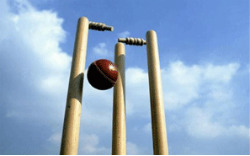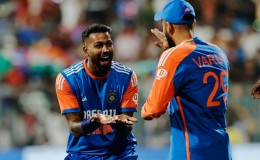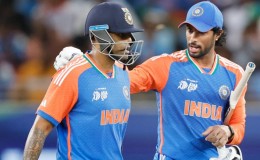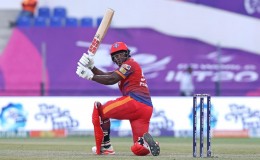 The Umpire Decision Review System (abbreviated as UDRS) was first introduced in Test cricket for the purpose of reviewing controversial decisions made by the on-field umpires as to whether or not a batsman had been dismissed. The system was first tested in an India Vs Sri Lanka match in 2008 and was officially launched by the International Cricket Council (ICC) on November 24, 2009 during the first Test match between New Zealand and Pakistan at Dunedin. It was first used in One-Day Internationals in January 2011, during England's tour of Australia.
The Umpire Decision Review System (abbreviated as UDRS) was first introduced in Test cricket for the purpose of reviewing controversial decisions made by the on-field umpires as to whether or not a batsman had been dismissed. The system was first tested in an India Vs Sri Lanka match in 2008 and was officially launched by the International Cricket Council (ICC) on November 24, 2009 during the first Test match between New Zealand and Pakistan at Dunedin. It was first used in One-Day Internationals in January 2011, during England's tour of Australia.
From the time it was introduced, it has faced several controversies and its time we review few of those.
Here are the five incidents where the UDRS has been under fire.
1. Australia vs New Zealand, Adelaide 2015
It was the first Day-Night Test match and it saw a contentious verdict by the DRS that turned down an appeal against Nathan Lyon. On Day 2 of the Test match, Lyon had got the thinnest of edge while trying to sweep Mitchell Santner and the Kiwis decided to use the DRS on an agreement. Lyon was initially given not out by the on-field umpire S Ravi and the third umpire decided to stay with his call because of an absence of convincing evidence. Hot Spot showed the edge clearly, but Nigel Llong chose to dismiss it. "There is a mark on the bat, but it could be from anything," said Llong to on-field umpire S Ravi. The replays were, however, sufficient to suggest that Lyon had edged it. Lyon went on to score 34 runs and was involved in a crucial 74-run partnership which ultimately swung the match in the favour of the Aussies. The decision was heavily criticised by the Australian media.
2. England vs Australia, Nottingham 2013
It was the second day of Ashes opener when England batsman Jonathan Trott was controversially given out lbw for a golden duck through DRS. The third umpire Marais Erasmus overturned on-field umpire Aleem Dar's not out decision despite the key Hot Spot camera angle being unavailable to him.
3. England vs India, Chester-le-Street, 2011
Rahul Dravid was the first of the Indian batsman to fall prey to the DRS and it happened in the ODI series in England. During the first ODI against England at Chester-le-Street, Stuart Broad appealed for a catch behind the wicket off his own bowling, but it was turned down. On review, the third umpire ruled Dravid out despite the edge could not be established even after several replays using Hot Spot
4. India vs England, World Cup 2011
In the World Cup 2011 league match against England, Yuvraj Singh caught English batsman Ian Bell on the front foot and the Indians appealed for an lbw. But the England batsman was ruled not out. Indian captain MS Dhoni took a referral. However, the third umpire ruled in favour of the batsman as Bell was apparently quite far down the track and under the rules, there was more than 2.5-metre distance between the point of impact and the stumps.
5. South Africa vs Pakistan, Capetown 2013
In February 2013, South African Jacques Kallis was controversially given out during a Test match against Pakistan. On-field umpire Steve Davis ruled Kallis out caught at short leg. The all-rounder attempted a review. The replays showed the ball had not touched Kallis bat before looping to fielder Azhar Ali. However, television umpire Billy Bowden gave Kallis out LBW.











